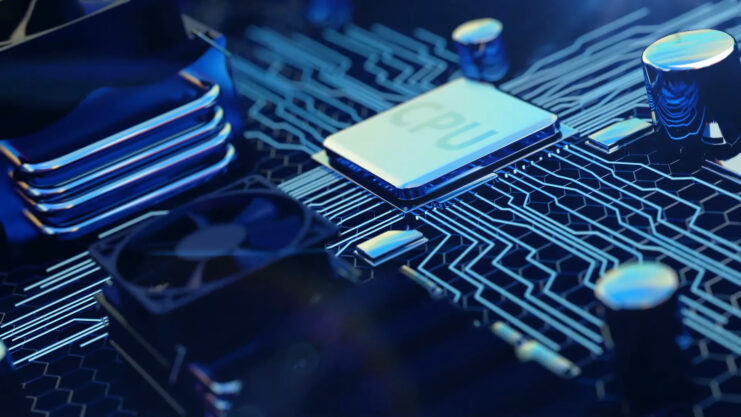Graphics cards, an essential component of modern computers, play a crucial role in determining a system’s overall performance, particularly in graphics-intensive tasks. They are broadly categorized into two types: integrated cards and dedicated cards.
Integrated are built into the computer’s processor and handle basic tasks like web browsing, social media, and light work efficiently. On the other hand, dedicated cards are separate units with their own memory and cooling systems, designed to offer superior performance for more demanding applications.
Today, we aim to learn the differences between integrated and dedicated cards, helping users make informed decisions based on their computing needs.
When comparing integrated and dedicated graphics, the primary considerations are performance, power consumption, and intended use.
Integrated Cards
| Feature | Description |
|---|---|
| Energy Efficiency | More energy-efficient as they are part of the CPU. |
| Cost-Effectiveness | More cost-effective compared to dedicated cards. |
| Suitability | Ideal for everyday computing tasks and less demanding games and applications. |
| Performance Limitation | Performance is limited by shared system memory and CPU capabilities. |
| Use Case | Suitable for non-gamers and basic computing tasks. |
| Commonly Found In | Laptops, offering a balance of performance and power efficiency. |
Integrated graphics cards are embedded directly into the CPU (Central Processing Unit) and share memory with the computer’s processor. This setup makes them an energy-efficient and cost-effective solution for handling everyday computing tasks.
Integrated graphics have evolved significantly, with newer technologies like the AMD Ryzen™ processors enhancing their performance. These improvements mean that modern integrated can now handle not only basic tasks like web browsing and video streaming but also less graphics-intensive games and some light photo editing.
Despite these advancements, integrated opt do have limitations. They are not designed for heavy work or high-end gaming. Since they share system memory (RAM) with the CPU, they can be less effective in handling complex tasks compared to dedicated graphics cards.
This shared resource approach also means that the performance of integrated is often dependent on the overall speed and amount of the system’s RAM. They are a common feature in laptops, making them lighter, more power-efficient, and generally less expensive than their counterparts with dedicated.
They are an excellent choice for users who need a computer for everyday tasks, such as students or professionals who primarily use their computers for office work, internet browsing, and media consumption.
For users who require more robust performance for tasks like 3D rendering, high-resolution video editing, or playing the latest video games, integrated graphics might fall short.
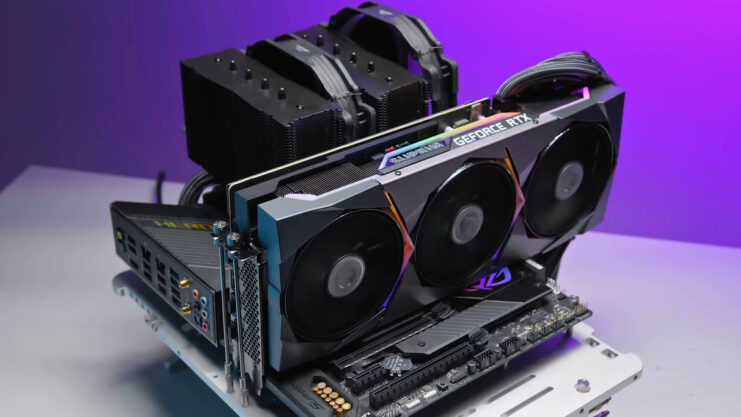
Dedicated Cards
| Feature | Description |
|---|---|
| Performance | Offer superior performance with their own memory and processing power. |
| Task Handling | Capable of handling more tasks and complex games at higher settings. |
| Beneficial For | Users who need to run resource-heavy applications like video editing, 3D modeling, and AAA games. |
| Impact on Computer Performance | Can provide more GPU power, potentially improving multitasking capabilities and efficiency. |
| Power Consumption | Higher power consumption and may require better cooling solutions. |
| Suitability | Ideal for serious gamers, professionals, and enthusiasts in work. |
| Commonly Found In | Desktops, requiring a higher budget and additional hardware considerations. |
Dedicated graphics cards are independent processors specifically designed for handling graphics. Unlike integrated graphics, they have their own dedicated video memory (VRAM), which allows them to process high-resolution images and complex 3D efficiently.
This makes them a preferred choice for gamers, graphic designers, and professionals who work with video editing, animation, and CAD software. The performance advantage of dedicated graphics cards is significant. They can handle resource-intensive tasks and run graphics-heavy games with high frame rates and advanced visual effects.
This is because these GPUs are built with more processing power and higher memory bandwidth, which allows them to process large amounts of graphical data quickly. Additionally, having their own cooling systems, they can maintain optimal performance without overheating, even under heavy load.
Compatibility is key when using a dedicated card. For optimal performance, it’s important to pair a dedicated GPU with a compatible CPU, like the 8th Generation Intel® Core™ i7 processor. This ensures that the CPU can keep up with the GPU’s demands without causing a bottleneck in performance.
They are typically more expensive than integrated, consume more power, and may require additional cooling measures, especially in high-performance setups. This makes them less ideal for users who are looking for a budget-friendly or energy-efficient computing solution.
Despite these factors, for users who prioritize gaming performance or engage in graphics-intensive professional work, the investment in a dedicated card is often well worth the cost.
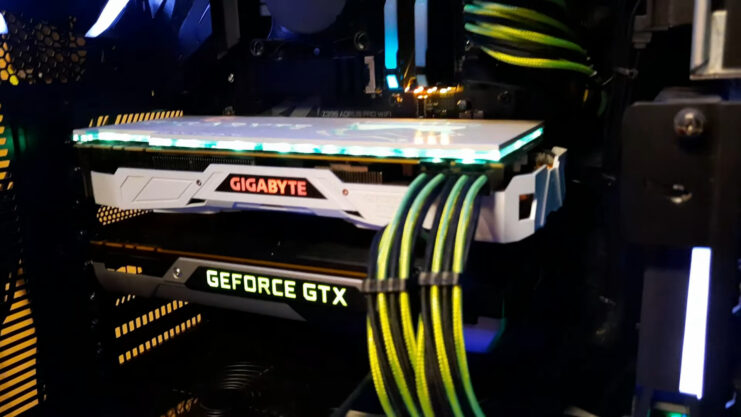
Decision Factors
When deciding between integrated and dedicated cards, several key factors come into play, primarily revolving around budget, intended use, and the type of device (laptop or desktop).
Budget
This is often the most significant factor. Integrated graphics are more cost-effective, making them suitable for users with a tight budget. In contrast, dedicated cards are more expensive, both in terms of initial purchase and the potential need for additional hardware like a more powerful CPU or extra cooling.
Intended Use
For everyday tasks such as web browsing, office applications, and streaming video, integrated are more than sufficient. For gaming, video editing, 3D rendering, and other graphics-intensive tasks, a dedicated card is necessary to handle these demands efficiently.
Type of Device
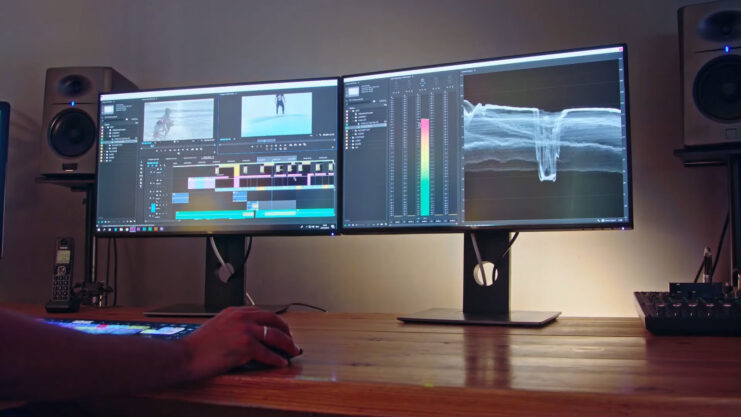
Integrated GPUs are common in laptops, providing a balance of performance and battery life suitable for mobile use. Desktops, however, are more likely to feature dedicated GPUs, which are better suited for high-performance tasks due to their larger size and better cooling capabilities.
Gaming Needs
For serious gamers, especially those playing the latest titles at high settings, a dedicated graphics card is essential. Budget-oriented gamers or those who play less demanding games might find integrated graphics sufficient.
Professional Requirements
Professionals in fields like graphic design, video production, and 3D modeling typically require the power and efficiency of a dedicated graphics card to handle their software’s demands.
Recommendations Based on User Needs
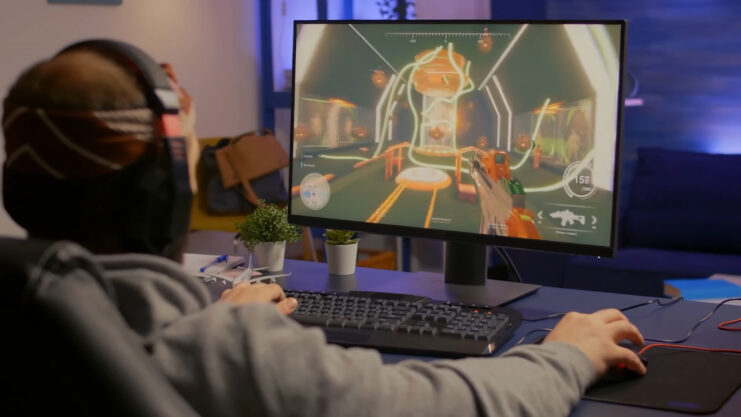
Now, let us take a look at some recommendations that can help you with deciding the one you will choose.
- For Serious Gamers: A dedicated graphics card is recommended. It provides the necessary power to run games at high settings with smooth frame rates.
- For Moderate Budget Gamers: Gaming laptops with dedicated graphics cards offer a good balance between performance and portability.
- For Professionals in Graphics-Related Fields: A dedicated card is advised to handle the demands of professional software used in video editing, 3D modeling, and graphic design.
- For Non-Gamers and Basic Tasks: Integrated cards are suitable. They can handle everyday computing needs efficiently and are more cost-effective.
- For Budget-Oriented Gamers: Integrated cards may be the only option. While not ideal for high-end gaming, they can handle less graphics-intensive games.
- For Gamers Needing a Laptop on a Limited Budget: Integrated cards in a laptop might be the best compromise, offering some gaming capability while keeping costs down.
FAQs
Is integrated graphics low end?
Integrated graphics are generally considered lower-end compared to dedicated cards. They are suitable for basic tasks and light gaming but may not perform well with high-end games or graphics-intensive applications.
Does more RAM help integrated graphics?
Yes, more RAM can help integrated graphics perform better. Since integrated cards share system memory with the CPU, having more RAM can improve graphics performance, especially in tasks like video playback and casual gaming.
Is integrated GPU enough for programming?
Yes, an integrated GPU is typically sufficient for most programming tasks. Programming generally relies more on the CPU and RAM. However, for programming that involves graphics-intensive applications, like game development or 3D modeling, a dedicated GPU might be necessary.
Can I use both GPU and integrated graphics?
Yes, in many systems, you can use both a dedicated GPU and integrated graphics simultaneously. This setup can be useful for multiple monitor setups or for specific tasks where you want to assign different cards processors to different applications. However, the configuration and compatibility depend on your motherboard and CPU.
Summary
The choice between integrated and dedicated graphics cards depends largely on individual needs, budget, and the types of tasks the user intends to perform. Integrated cards, improved significantly in recent years, are suitable for basic computing tasks and light gaming.
Dedicated graphics cards, while more expensive, offer superior performance for high-end gaming and professional work. Users must weigh these factors against their specific requirements and budget constraints to make the best decision for their computing needs.

